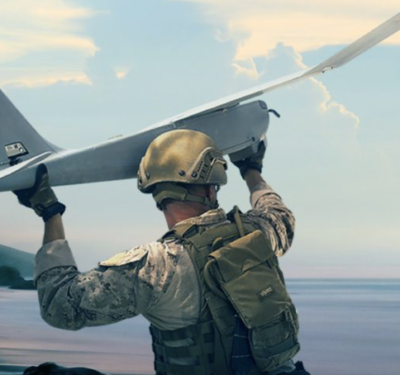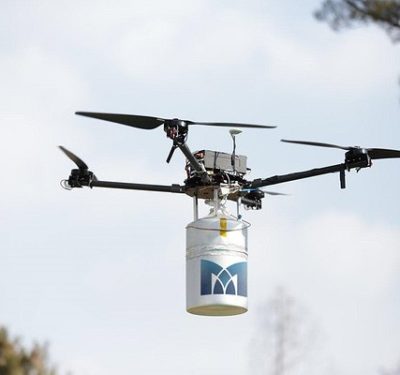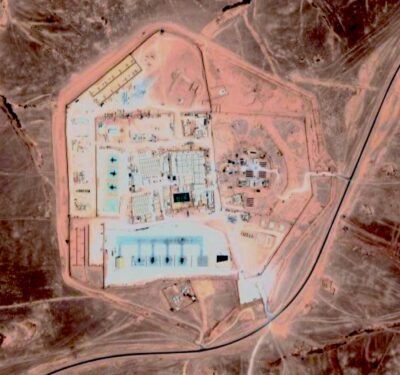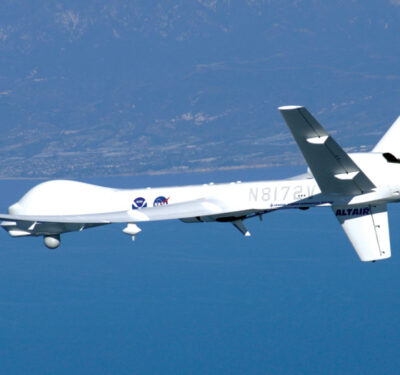
While this summer will be remembered by many as a time in which a number of natural disasters wreaked havoc in several parts of the world, it will also go down as a landmark period of time for drone usage in disaster recovery efforts in the United States.
When Hurricane Harvey hit the Houston, Texas area — in late August and early September — the Federal Aviation Administration (FAA) handed out several authorizations to fly unmanned aircraft systems (UAS). Video footage proved invaluable for recovery efforts, media coverage and even just to allow some residents to view their homes from afar and to assess the situation.
Do a quick Google search on “Hurricane Harvey drone use” and thousands of results pop up including Allstate and other insurance companies using drones to assess damage, use by first responders, professional drone pilots helping with recovery efforts, all types of media outlets covering the historic hurricane with drone footage, and reports on how the UPS Foundation partnered with drone manufacturer CyPhy Works and the American Red Cross to test using a drone to identify areas with the most flood damage in the wake of Hurricane Harvey, just to name a few.
Related reading: For more on how the media uses drones to deliver the news, read: “News from A Different Angle”
Shortly after Hurricane Harvey, another extremely powerful and catastrophic Cape Verde type hurricane, Hurricane Irma, the most intense observed in the Atlantic since Dean in 2007, hit Florida. Like it had with Harvey, the FAA announced it had given out several authorizations to fly (UAS) following Hurricane Irma.
These two weeks in 2017 that saw two Category 4 hurricanes strike the U.S. showcased just how helpful drones can be in assisting disaster recovery efforts.
The week after Irma struck, the FAA said it worked to quickly issue more than 130 airspace authorizations to local, state and federal government agencies and critical infrastructure providers in the state to operate drones in the disaster zone, as agencies and commercial industries began the clean up after the intense storm.
Irma made landfall in Florida on Sept. 10, about two weeks after Hurricane Harvey damaged Texas. After Harvey’s floodwaters hit Houston and other parts of Texas, FAA Administrator Michael Huerta said the storm was indeed a landmark for the use of drone technology in disaster recovery. Huerta, who spoke recently at the InterDrone conference, said the FAA has had to move quickly in response to drone regulations in the wake of the hurricanes.
After Harvey hit Texas, Huerta said the FAA tried to speed up drone authorization approvals in an effort to help law enforcement and critical infrastructure providers. The FAA determined that anyone with a legitimate reason to fly an unmanned aircraft would be able to do so, so they sped up the approval process. The FAA reported a variety of examples of drone use in Texas, including: fire departments and emergency management officials checking for road damage, inspecting bridges, underpasses and water treatment plants; search and rescue workers using drones to find civilians in dangerous conditions; railroad and oil and energy companies surveying damage; and also telecom and insurance companies.
When Irma followed, there were similar drone authorizations issued by the FAA for similar recovery work, indicating just how critical UAS technology can be for these types of disaster recovery operations.
According to the FAA, the Air National Guard, used drones normally tasked for combat operations to perform aerial surveys in Florida, allowing quicker access to storm areas and to prioritize assistance programs.
So, while this summer may long remind many of the terrible storms, it should also go down as a breakthrough period of time when UAS technology really stepped up a played a critical part in greatly helping during these natural disasters.
For a more in-depth look at how UAS has helped with recovery efforts, check out the October/November issue of our magazine.






